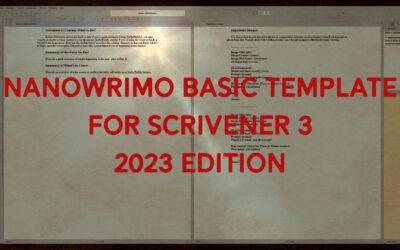I didn’t used to be a technology geek. Could never really afford to be one.
But now I seem to be moving in a direction where new gadgets are more affordable by the day, and acquiring them is just a matter of confirming my shipping address. Huge leap from the days when I’d have to ask for a ride to the mall after I’d spent a month or longer saving up for that special treasure—usually a Nintendo game.
Case in point: the keyboard I’m using to type this article is one such cool gadget. It just stealthily arrived on my doorstep while I was watching the climactic showdown between John Wick and a series of really tall stairs in John Wick: Chapter 4, and now it sits on my desk, transferring my loose thoughts into digitally imprinted words, forever capturing my initial awe at how smoothly these keys type.
Maybe I’m a keyboard snob. Or maybe I just want one that fits my style and gets me looking forward to the typing experience. I know that I get annoyed if the keys are too shallow or feel too much like they were designed for programmers in 1994. I just want a natural fit for my fingers, and I’d like an experience that takes me back to the classic age of writing before everything went digital.
I’d tried the keyboards that came with my various computers. Most of them stayed in the box. And I did find enjoyment out of using my various Logitech wired and remote models over the years (and I’d even written about them, too, even though that article remains unpublished).
But each of them lacked the personality that fit the style and aesthetic I’d wanted in a typing companion for writing novels.
Fortunately, this latest keyboard checks the boxes. Mostly.
So, the keyboard is a mechanical keyboard by Aula (the F2088 model, if you’re interested), and it does the expected clackity-clacking one might expect from a keyboard in this style.
But it’s also a retrofuture keyboard with multicolored 1950s diner lights (or maybe 1980s arcade fairground lights) lighting each key. And though I have the default setting enabled, which turns every light on at once so I can type in the dark, I can change the setting to put on a blinking lightshow, or simply light up specific regions of the keyboard as I press certain keys.
It’s brilliantly excessive. And after just ten minutes of typing, I can tell I’m a fan. It’s certainly more pleasant to the touch and the ears than my other keyboards are.
But more than that, it’s just a nice keyboard to look at. Chrome keys with neon backlights cover the board, with each key in the shape of a circle or an oval. I find each key is loose to the touch but hits the base with enough force to sound like I’m trying to start a campfire with flint, or maybe speak through Morse Code.
It may be everything I ever wanted in a keyboard. And all for under $60. Even the cable connecting to the tower comes with a cloth coating for that comfortable touch.
High class, high art wordsmithing, gaudy atmosphere: the perfect cheap typing keyboard for the semi-discerning author.
The only thing missing is the chiptune music that generates with each keystroke. But that’s probably a good thing.
So, I look forward to taking it out of its box whenever I want to spend quality time drafting or revising a novel, and I expect to enjoy both my time and my experience writing from this point forward.
But for now, I think it’s time it went back in its box, prepping for the next writing job. After all, the lights are bright, and my keyboard sits about six feet from my bed where I sleep in the dark, and I’ve never quite made sleeping in an arcade work for me.

A horizontal image of my three typing keyboards: An older Logitech with backlighting, a default backlit gaming keyboard that came with the Acer Predator 3000, and my new Aula F2088 Mechanical Keyboard. See? Musicians aren’t the only keyboardists who have multiple keyboards at the ready!
What do you think? Do you have a keyboard you prefer? How much are you willing to pay for a keyboard that simulates the old way of writing?
Let me know in the comments below.






0 Comments